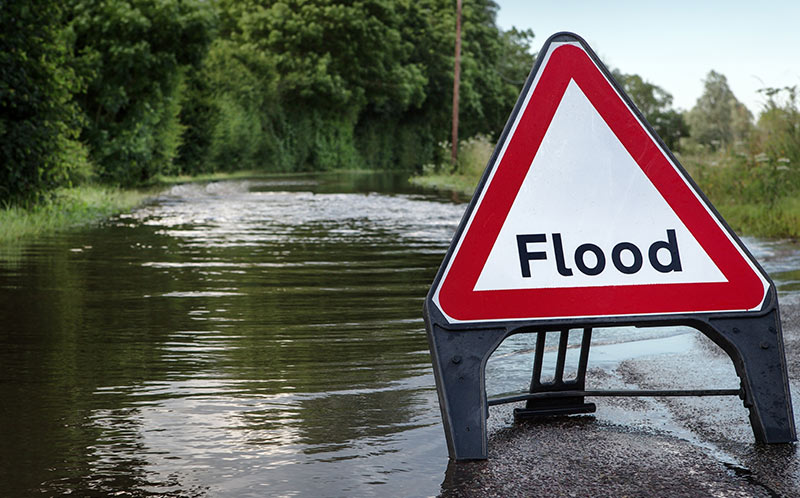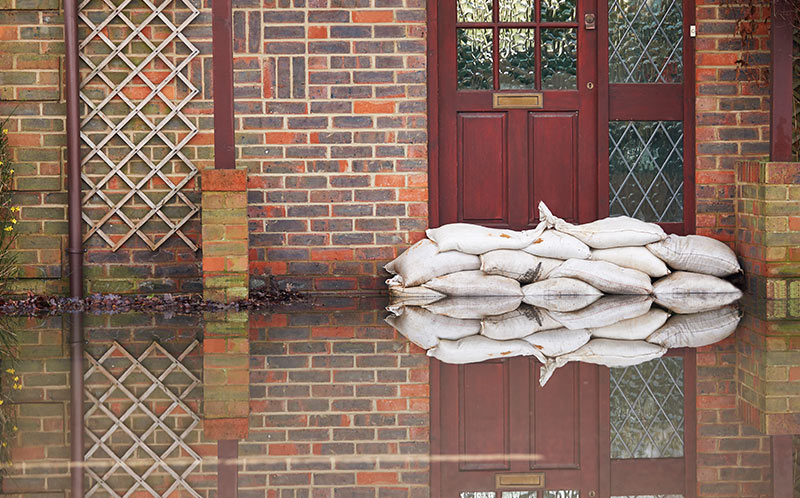Flood Re scheme
Flood Re is a flood re-insurance scheme delivering a new era of more affordable insurance for householders who live in a flood risk area.
The scheme is a ‘world-first’ flood re-insurance that enables insurers to offer competitive premiums and lower excesses to high flood risk homes across the UK.


